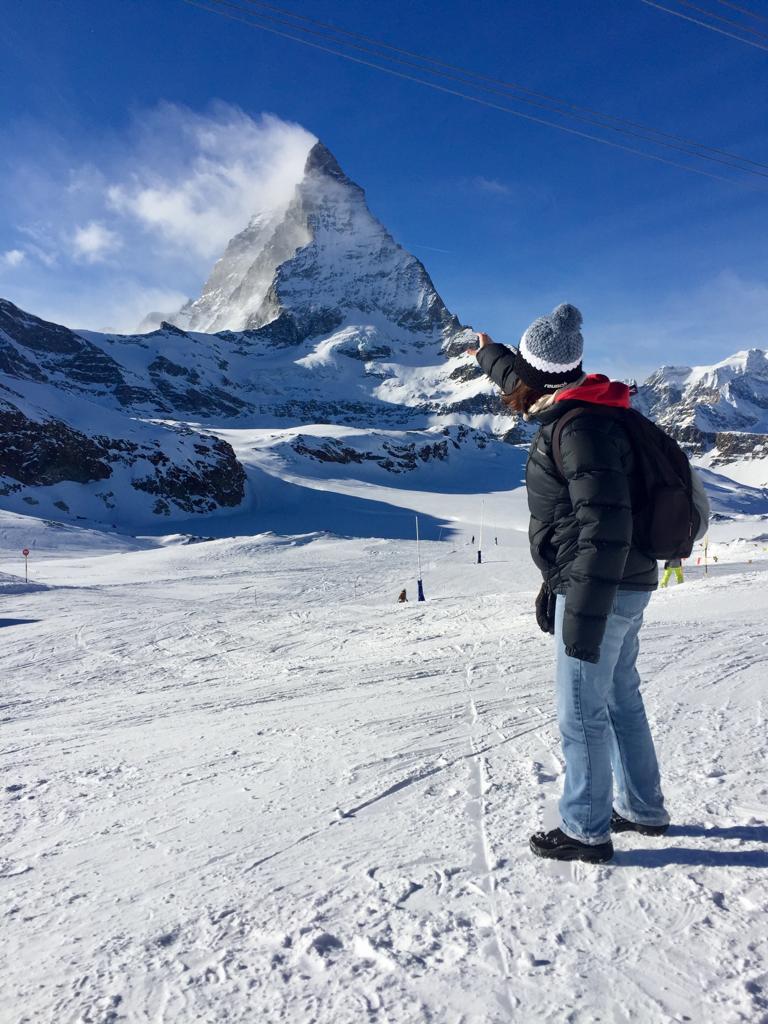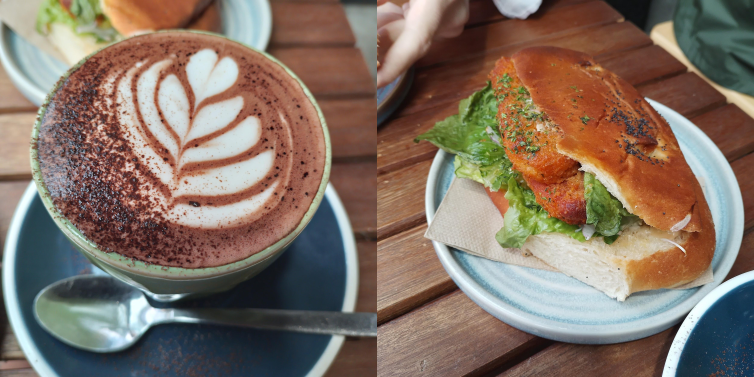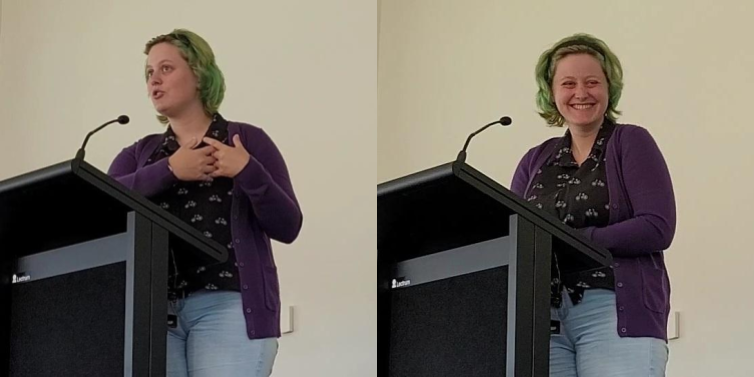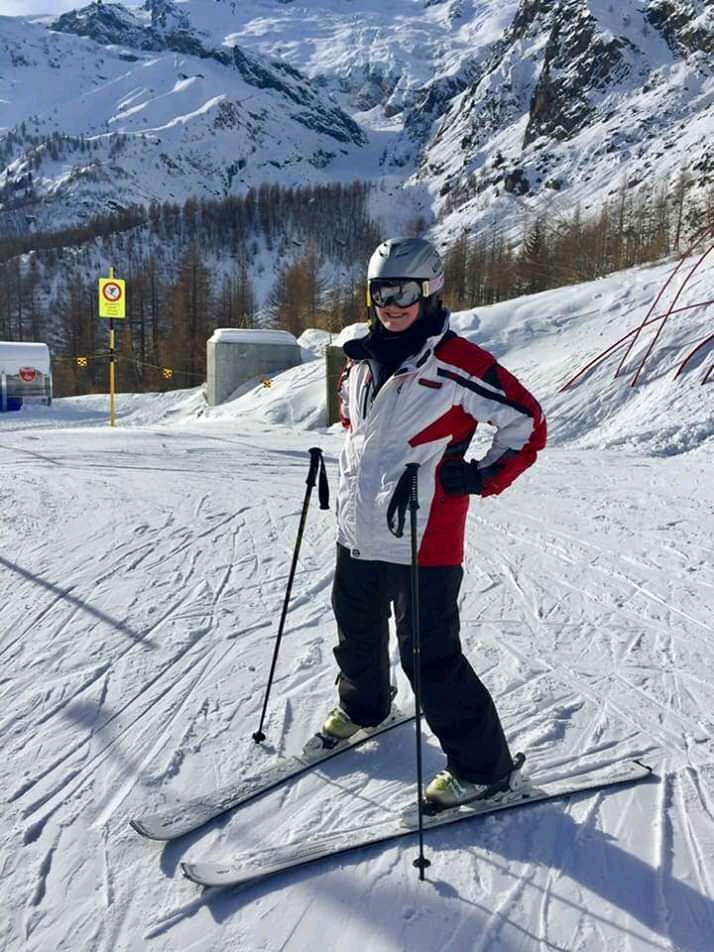What is a Three Minute Thesis?
The Three Minute Thesis (3MT) is an annual, international competition fostered by the University of Queensland. The brief is simple: present your research in three minutes to a non-specialised audience.
In July 2023, I participated in the University of Waikato’s 3MT competition for Masters students.
My Experience
I enjoy public speaking, so it was a natural decision to enrol in the 3MT competition at the University of Waikato. At a time where I was still coming out of the dredges of my literature review and wading into the depths of methodology, the process of preparing for this competition helped me to really clarify and dig into what I was trying to achieve with my research.
The feedback that I received for my presentation was that the content was clear and, however I relied too much on my notes, to which I agreed. In public speaking, I thrive on the flexibility of time; my notes are nothing more than the key points I intend to cover. However, with such a constrained speaking time, it is important than the 3MT speech is extremely direct and well-practised so as to not waste time.

I recommend anybody who is interested in 3MT to give it a go!
My Three Minute Thesis
Look at the road segments behind me. Which, if any, would you think you feel comfortable riding a bike on?

The truth is that not all cycle paths are made equal. Factors such as the road width, parking, the prevailing speed limit, and the number of vehicles, in addition to the actual quality of the cycling infrastructure, affect how safe they feel to use and therefore how much they will be used.
The Low Stress Framework is an emerging idea in cycling research that aims to describe this phenomena by assigning road segments a value from one to four, with one being appropriate for everyone to use, including children, and four having a high level of stress and being appropriate only for experienced, confident cyclists.
You can see number one here is a completely separated, off-road path whereas number four is just a bit of paint between you and 60 kilometre per hour traffic.
Roger Geller, who helped to pioneer this idea, put it really succinctly: “Riding a bicycle should not require bravery. Yet, all too often, that is the perception among cyclists and non-cyclists alike.”
This is an important area of research because more cities are starting to recognise the value of getting more people riding bikes for everyday purposes, and the benefits that brings to the environment, to communities, and to the livability and accessibility of our streets.
The goal of my research is to understand what infrastructure is actually useable for the vast majority of people, where that infrastructure is located, how the different pieces connect together, and how that affects our choice to bike or to not bike.
To achieve this, I am combining datasets held by local governments and Waka Kotahi together in order to calculate the road stress value for every single road segment across several cities.
Then, I am combining this with commuting and demographic data from the Census in order to build a cycling mode choice model.
Internationally, infrastructure tends to be the strongest indicator for cycling uptake, though several studies have also found that certain demographic factors also tend to have an effect, such as ethnicity, the number of students, household income, and so forth.
So, I am really looking forward to seeing how the balance falls in a New Zealand, so that we can learn the best and most effective way to get more people riding bikes in our cities, safely.





Leave a comment